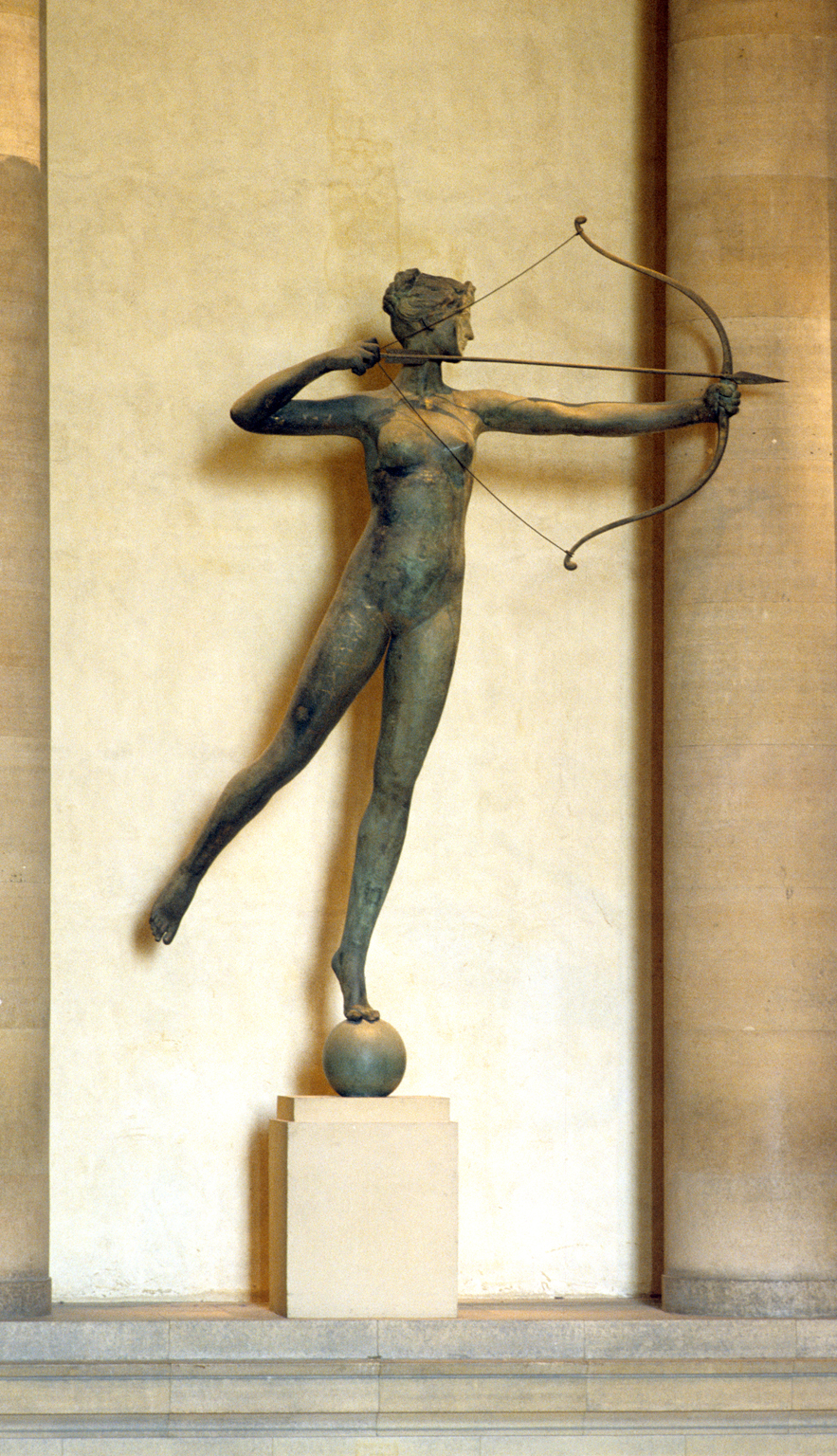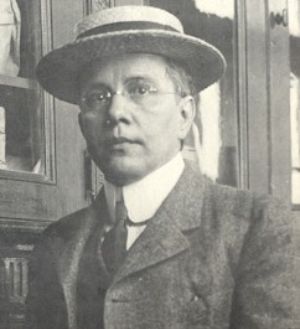Related Topics
West of Broad
A collection of articles about the area west of Broad Street, Philadelphia, Pennsylvania.
Outlaws: Crime in Philadelphia
Even the criminals, the courts and the prisons of this town have a Philadelphia distinctiveness. The underworld has its own version of history.
Art in Philadelphia
The history of art, particularly painting and sculpture, has been a long and distinguished one. If you add in the art schools, the Philadelphia national influence on artists has been a dominant one.
Particular Sights to See:Center City
Taxi drivers tell tourists that Center City is a "shining city on a hill". During the Industrial Era, the city almost urbanized out to the county line, and then retreated. Right now, the urban center is surrounded by a semi-deserted ring of former factories.
Touring Philadelphia's Western Regions
Philadelpia County had two hundred farms in 1950, but is now thickly settled in all directions. Western regions along the Schuylkill are still spread out somewhat; with many historic estates.
Favorite Reflections
 In no particular order, here are the author's own favorites.
In no particular order, here are the author's own favorites.
Popular Passages
New topic 2013-02-05 15:24:06 description
Philadelphia's Fourth Century: Revival or Relapse?
Novelists, sociologists, playwrights, financiers, historians, poets -- and others -- have described and explained the rise and fall of Philadelphia. Each of them is a little bit right, and a little wrong. Philadelphia is hidden, but it isn't hiding.
The Girl in the Red Velvet Swing

|
| Statue of Diana |
The brownstone house at 1710 Spruce Street is seemingly not remarkable, it's just an Edwardian house now converted to lawyers' offices on the first floor. But it's nevertheless a landmark, curiously linked to that 13-foot statue of Diana which dominates the top of the main interior staircase of the Philadelphia Museum of Art. Many Philadelphia gossips believe the model for the statue was Evelyn Nesbit, who lived in the brownstone on Spruce Street. But she was born in 1884, whereas Augustus Saint-Gaudens created the statue for the 1892 Columbian Exhibition. Since Evelyn was only eight years old at that time, however, it must have been some other woman who took off her clothes to pose for the sculpture; for us, it doesn't matter who she was. The statue was moved to the top of Madison Square Garden when that structure was really still located on New York's Madison Square, but when the Garden was demolished in 1925 the Diana statue came to Philadelphia. Madison Square Garden itself has moved twice in the meantime and is mostly associated in the public mind with prize fights and political conventions. However, when the first Garden was built, it had theaters and roof-top restaurants, and its spectacular nature instantly made the architect, Stanford White, the most famous architect in New York, eventually maybe the most famous one in the world at the time.

|
| Thaw |
Meanwhile, two residents of Pittsburgh independently came to New York where the action is, the iron and coal millionaire Harry K. Thaw, and an impoverished teenager named Evelyn Nesbit. Evelyn was accompanied by her mother who, recognizing the girl's extraordinary beauty, set about to steer her to fame and fortune. At the age of thirteen she was posing for artists, and in time became the favorite model for Charles Dana Gibson. Gibson created the "Gibson Girl", an idealized role model for millions of women who dressed the way she did, wore their hair the way she did, and behaved in the proper Edwardian style they imagined she did, too. It was in Gibson's studio that she encountered Stanford White. Evelyn had another life, however, as a "Florodora Girl", and one of her many stage-door Johnnies was Harry K. Thaw, the millionaire. That was no saint, having a reputation for using a dog whip on his numerous lady friends, but it is uncertain whether he was completely aware that

|
| Evelyn Nesbit |
Evelyn was one of the principle entertainers in half a dozen hide-aways that Stanford White is said to have established for naughty parties to amuse New York's fast set. That was certainly aware that Stanford White had been Evelyn's boyfriend before Thaw married her, and the two men cordially hated each other. One evening, some provocation made Thaw walk over to White's table in the rooftop restaurant of Madison Square Garden, and shoot him dead -- in front of hundreds of people. It's a curious sidelight that Stanford White was carrying a train reservation to Philadelphia, to discuss plans for the domed structure of the Girard Bank building. The notoriety of the murder trial was the sensation of the decade, with the prosecutor remarking that White deserved what he got, and Thaw's mother offering Evelyn a million dollars if she would give testimony supporting a plea of insanity. Everyone seems agreed that the money was never paid, although the jury was sure as impressed as the newspaper reporters with Evelyn's refusal on the witness stand to testify against her husband, quite evidently a sign of loyalty. Anyway, the jury let him off, and a famous cartoon depicted Stanford White in the pose of the statue of Diana.

|
| Joan Collins as Evelyn Nesbit "The Girl in the Red Velvet Swing" |
Evelyn sort of dropped out of sight after the trial and the subsequent divorce, until TV interviews were conducted for the movie about the episode, \"The Girl in the Red Velvet Swing". By 1957, Evelyn was decidedly less of a beauty. Meanwhile, Harry K. Thaw had continued to live in the brownstone house in Philadelphia, where once he got sick and called a friend of mine to be his doctor, and eventually another famous professor to be a consultant. When the butler answered the door, the consultant told the butler to tell his employer that he must insist on cash in advance, an action that thoroughly embarrassed my friend in view of the famous wealth of the client. But the consultant had rightly assessed the situation since later Thaw's lawyer called up and told the family doctor he was sorry but his client was not going to pay his bill since the medicine was started by some botanical book to be a poison in excess quantity. In consternation, my friend called up the professor and asked what to do. "Chalk it up to experience," was the answer. "But what have I learned?" The consultant paused, and said, "Maybe you have learned to extend credit only to decent people."
Originally published: Monday, June 26, 2006; most-recently modified: Friday, May 24, 2019
| Posted by: Stephen Schwartz | Feb 11, 2011 3:02 PM |
| Posted by: Dr. Frank Kempf | Feb 11, 2011 3:01 PM |
| Posted by: [none] | Mar 10, 2010 10:41 AM |
| Posted by: Jessica | Aug 28, 2008 8:39 PM |
| Posted by: Eden | Jul 2, 2008 10:56 PM |
| Posted by: nancy weaver | Jun 16, 2008 7:05 PM |
| Posted by: Toria Affrunti | May 18, 2006 2:47 PM |